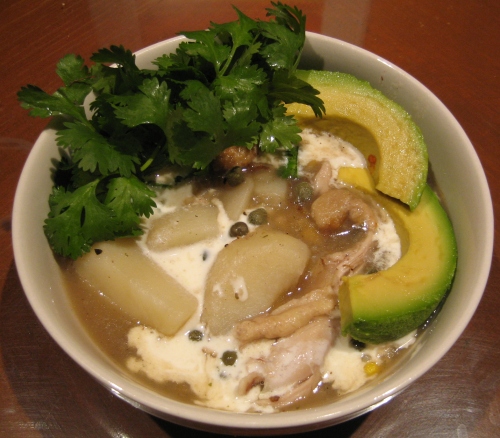The version in The Book is very similar to this one with a slightly different ingredient list. I’ll give it to you here
8 thin veal cutlets
1/8 teaspoon freshly ground black pepper
3 garlic cloves
1/4 teaspoon salt
16-24 fresh sage leaves (each about 2 1/2 to 3 inches long)
8 thin slices prosciutto (about 1/4 pound total)
1/4 cup olive oil
1/3 cup dry white wine
1/3 cup chicken stock or store-bought low sodium broth
2 tablespoons unsalted butter
Essentially The Book adds pepper, deglazes with both stock and wine, and finishes the sauce with butter. I haven’t made both versions, but the pan sauce The Book’s version produced was out of this world. I think the sauce benefited from the stock because the saltimbocca only sauté for a few seconds (about 30), and there really wasn’t a lot of time to produce flavorful meaty browned bits for the pan. As we will soon see, The Book is fearless when it comes to finishing things with butter.
The Book tells us to “secure prosciutto and sage with wooden picks threaded through sage leaves and meat” whereas the linked recipe recommends we use three picks per cutlet. I only used one skewer each, and I found they were prone to spinning around like little meaty pinwheels: use at least two skewers.
At the time I made this I wasn’t too familiar with sage, and this dish was a solid introduction. It is upfront and centre in the meat, and most of the browned bits scraped up into the sauce were sage. The prosciutto takes on a wonderfully crispy texture, and I imagine the thinner your slices are the crispier they’ll end up. The veal is only 1/8 inch thick, so overcooking is easy to do, and easy to miss. Next time I would be more careful about making sure the cutlets were of an even thickness, but even the overdone ones tasted pretty great.
Overall this was quick, easy, pretty, and packed with flavor.
